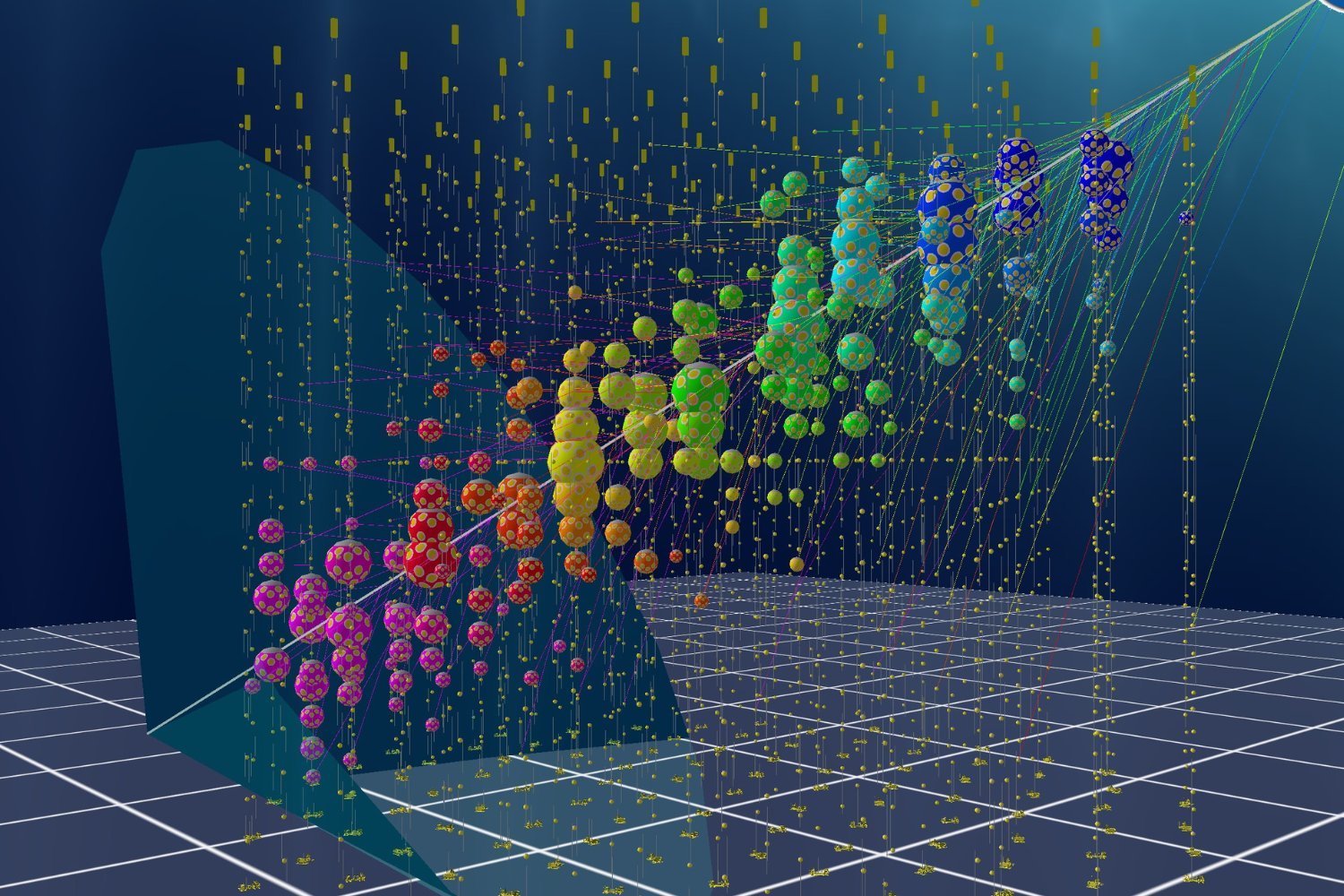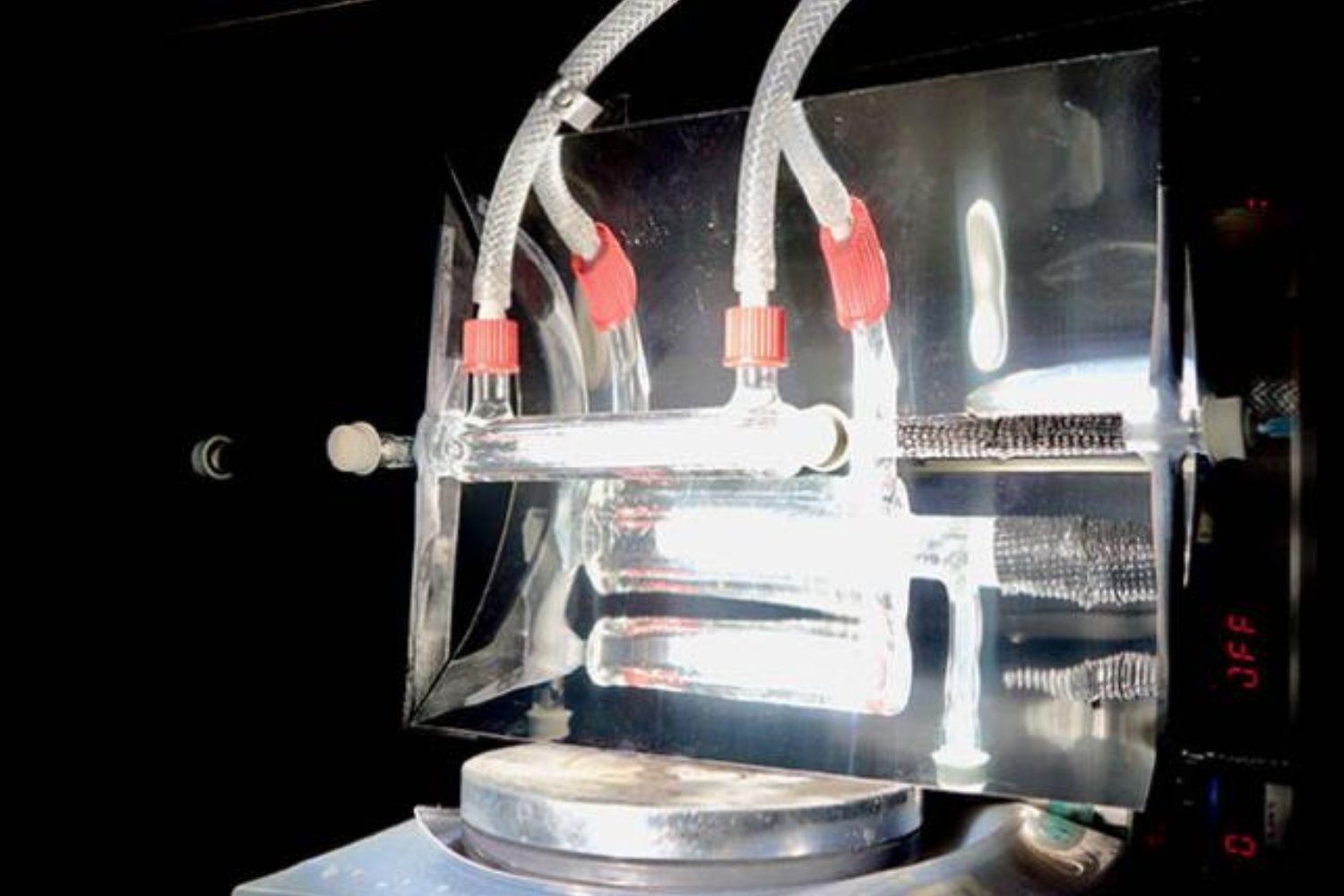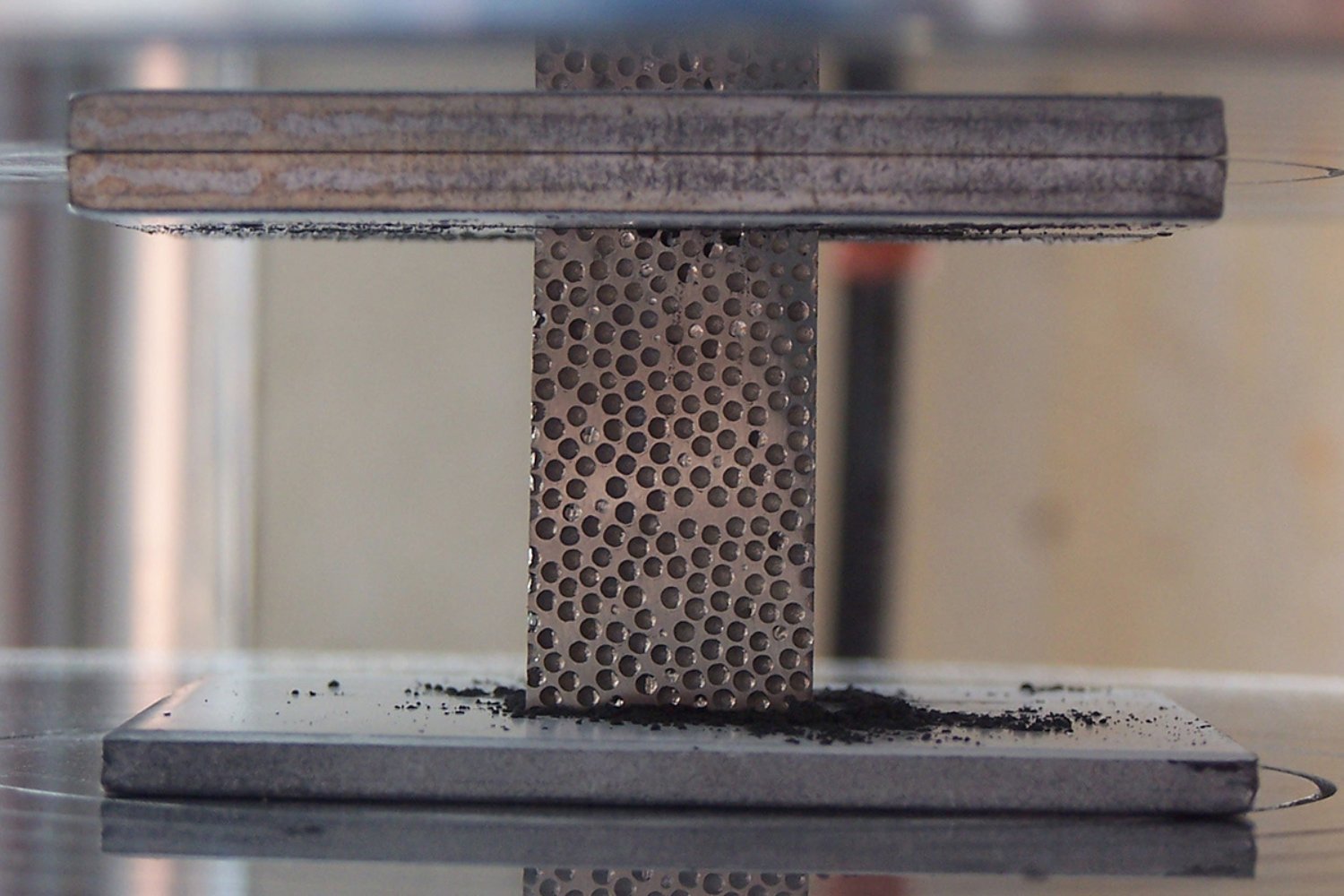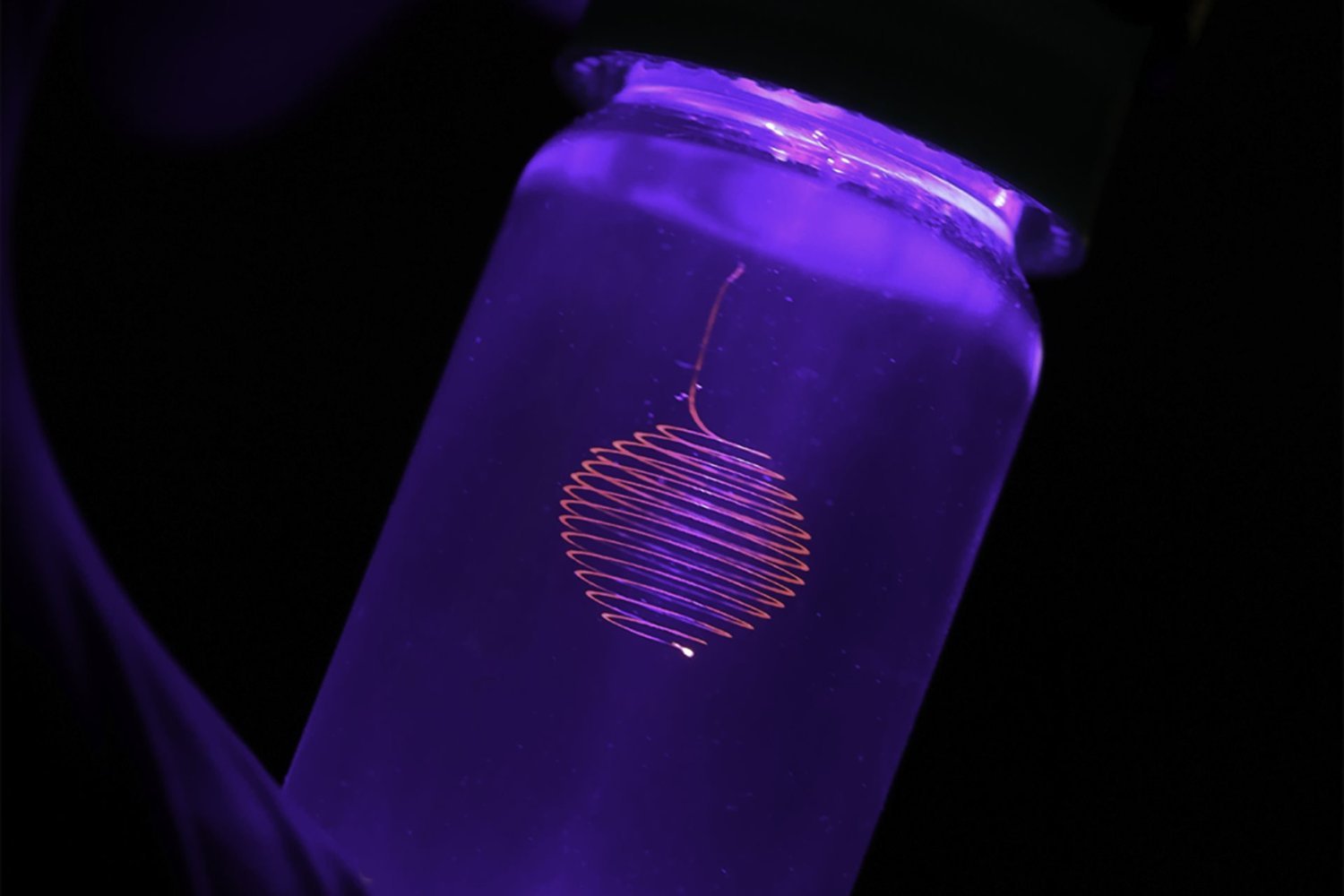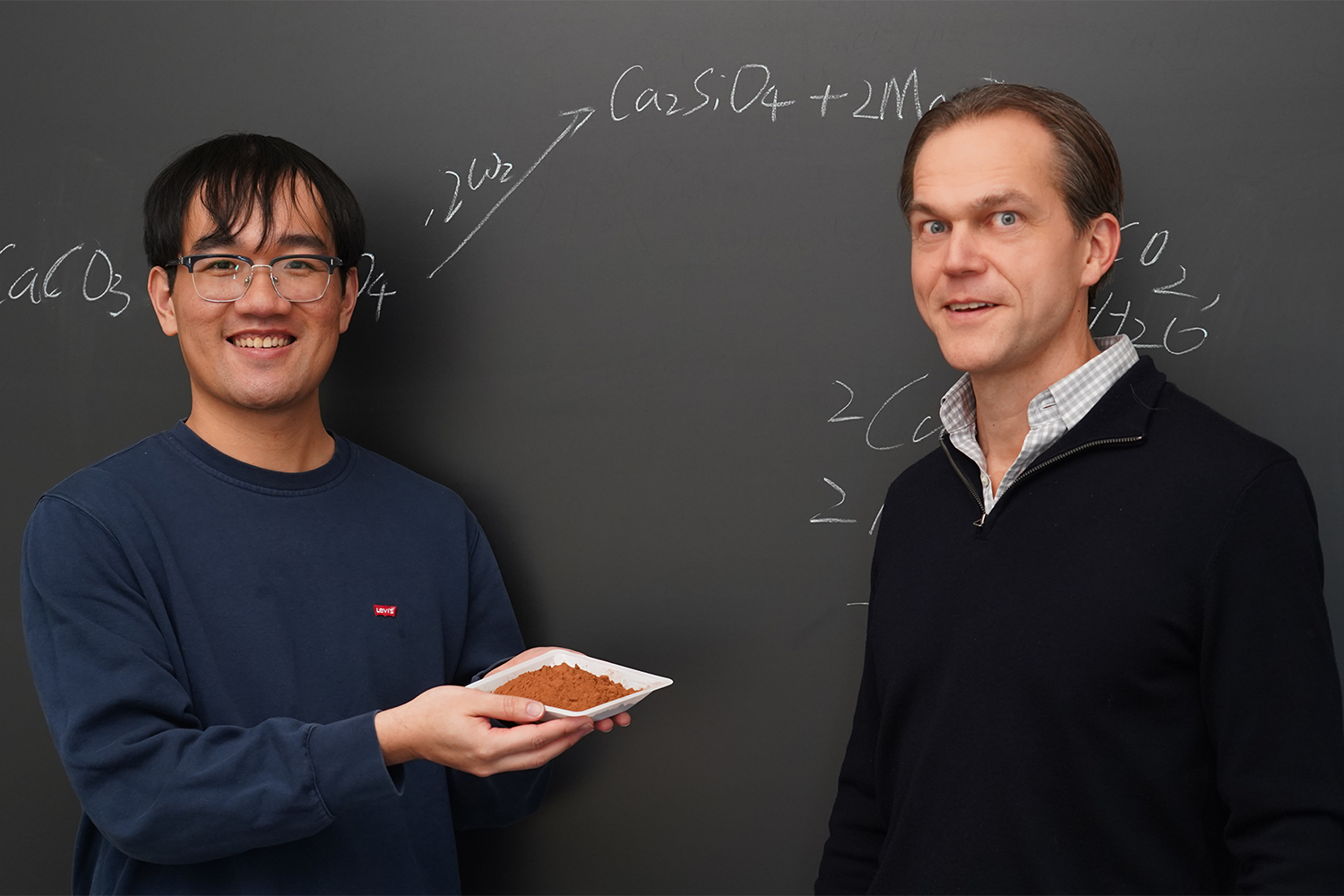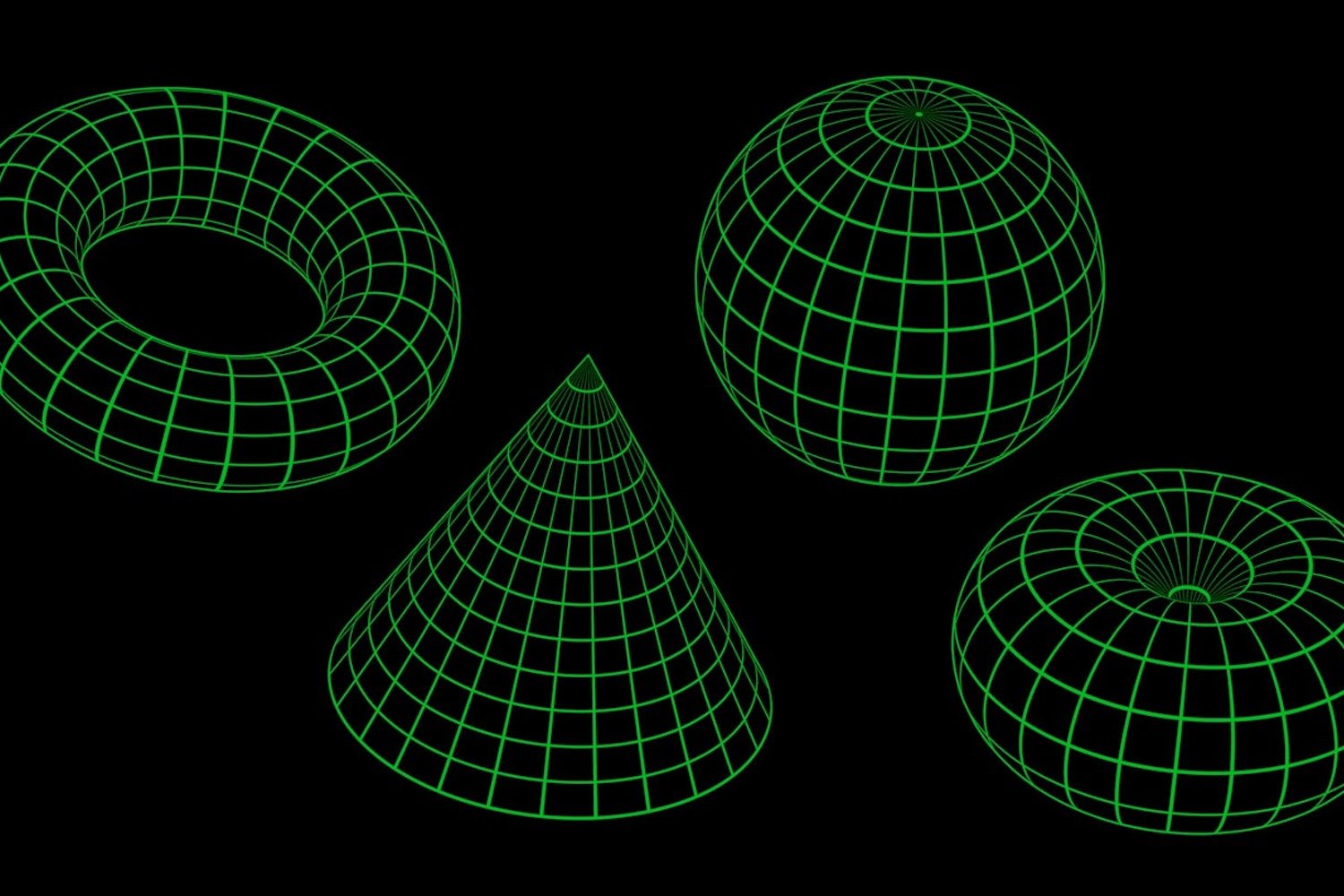A groundbreaking discovery has been made by physicists using the Cubic Kilometre Neutrino Telescope (KM3NeT) in the Mediterranean Sea: the detection of an extragalactic neutrino with an unprecedented energy level, approximately 30 times greater than any previously observed. This remarkable event, detected on February 13, 2023, may represent the first observation of a neutrino born from interactions with the cosmic microwave background, the oldest light in the universe.
This high-energy neutrino, a fundamental particle that rarely interacts with matter, offers valuable insights into extreme astrophysical phenomena. Its detection marks a significant leap forward in neutrino research, opening new avenues for understanding the universe’s most energetic processes.
The Ghost Particle’s Staggering Energy
KM3NeT, comprised of two deep-sea detectors, identified a muon, a charged particle, crossing the detector with exceptional energy. This muon, believed to be derived from a cosmic neutrino interaction, possessed an energy of around 120 petaelectronvolts (PeV), where one PeV equals one quadrillion electron volts. The neutrino itself is estimated to have had an even higher energy, approximately 220 PeV.
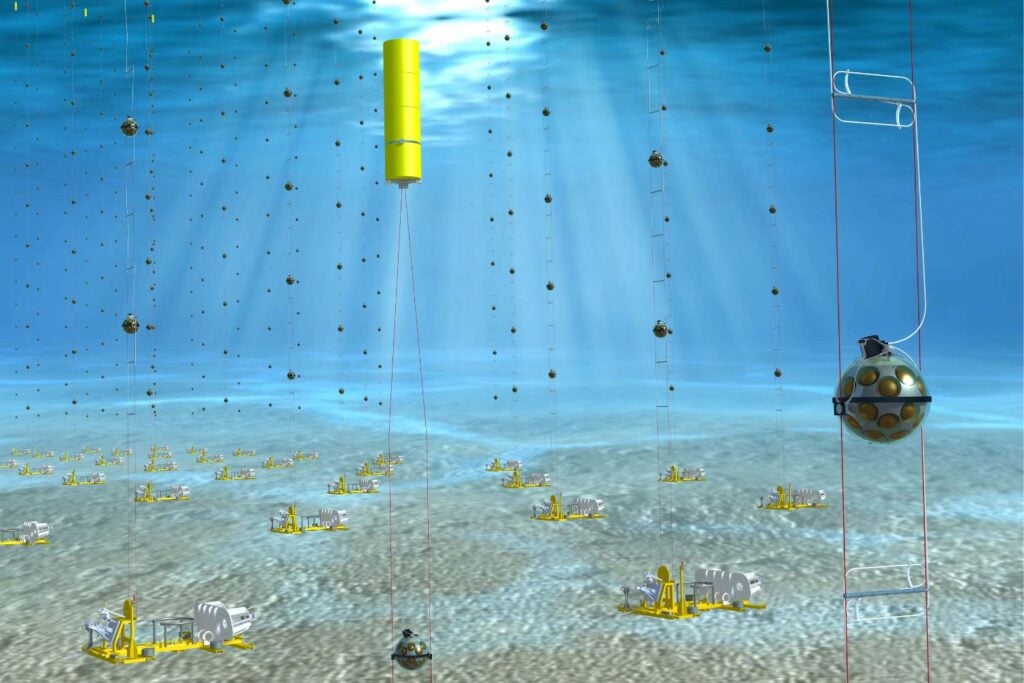 An artistAn artist’s impression of the KM3NeT detector, highlighting one of the optical modules. Illustration: Copyright Edward Berbee/Nikhef, Courtesy KM3NeT
An artistAn artist’s impression of the KM3NeT detector, highlighting one of the optical modules. Illustration: Copyright Edward Berbee/Nikhef, Courtesy KM3NeT
To put this into perspective, this energy is equivalent to a ping pong ball dropped from a height of 3.4 feet, but concentrated into a single, point-like particle. Astonishingly, this neutrino’s energy is roughly 30,000 times greater than the nominal energy of protons within the Large Hadron Collider (LHC) at CERN, the most powerful particle accelerator on Earth. Constructing an LHC capable of producing such a particle would require a device encircling Earth at the altitude of geostationary satellites.
The Elusive Nature of Neutrinos
Neutrinos, while abundant in the universe – with trillions passing through our bodies every second – are notoriously difficult to detect due to their minimal interaction with matter. This elusive nature has earned them the moniker “ghost particles.”
The recent KM3NeT detection stemmed from a single neutrino interaction, highlighting the challenge of observing these particles. However, considering the detector was only 10% complete at the time of observation, the research team anticipates more detections and a deeper understanding of neutrinos as the project progresses.
Pinpointing the Neutrino’s Origin
While the extragalactic origin of the neutrino is certain, its precise source remains a mystery. Researchers believe the most likely progenitors are either cosmogenic interactions between cosmic rays and photons from the cosmic microwave background, or astrophysical processes within highly energetic celestial objects. Twelve blazars, active galactic nuclei emitting jets of subatomic particles at near light speed, have been identified as potential sources, aligning with the neutrino’s apparent direction of origin.
Future Research and Implications
The team is currently examining archival data and requesting new observations to determine if astrophysical sources exhibit characteristics linking them to the neutrino. They hope to refine the location of the source and, with further detections from the expanding KM3NeT, gain a more comprehensive understanding of the energy, spectrum, and origin of both cosmogenic and astrophysical neutrinos.
Confirmation of a cosmogenic origin would mark a historic first. This groundbreaking discovery underscores the existence of celestial objects capable of accelerating particles to extreme energies, pushing the boundaries of our understanding of the universe’s most powerful processes.
Conclusion
The detection of this record-breaking neutrino is a monumental achievement in particle physics, offering tantalizing glimpses into the universe’s most energetic phenomena. As KM3NeT continues to expand, further detections promise to unravel the mysteries surrounding these elusive ghost particles and the extreme environments that create them. This discovery opens a new chapter in our quest to comprehend the cosmos and the fundamental forces that shape it.



